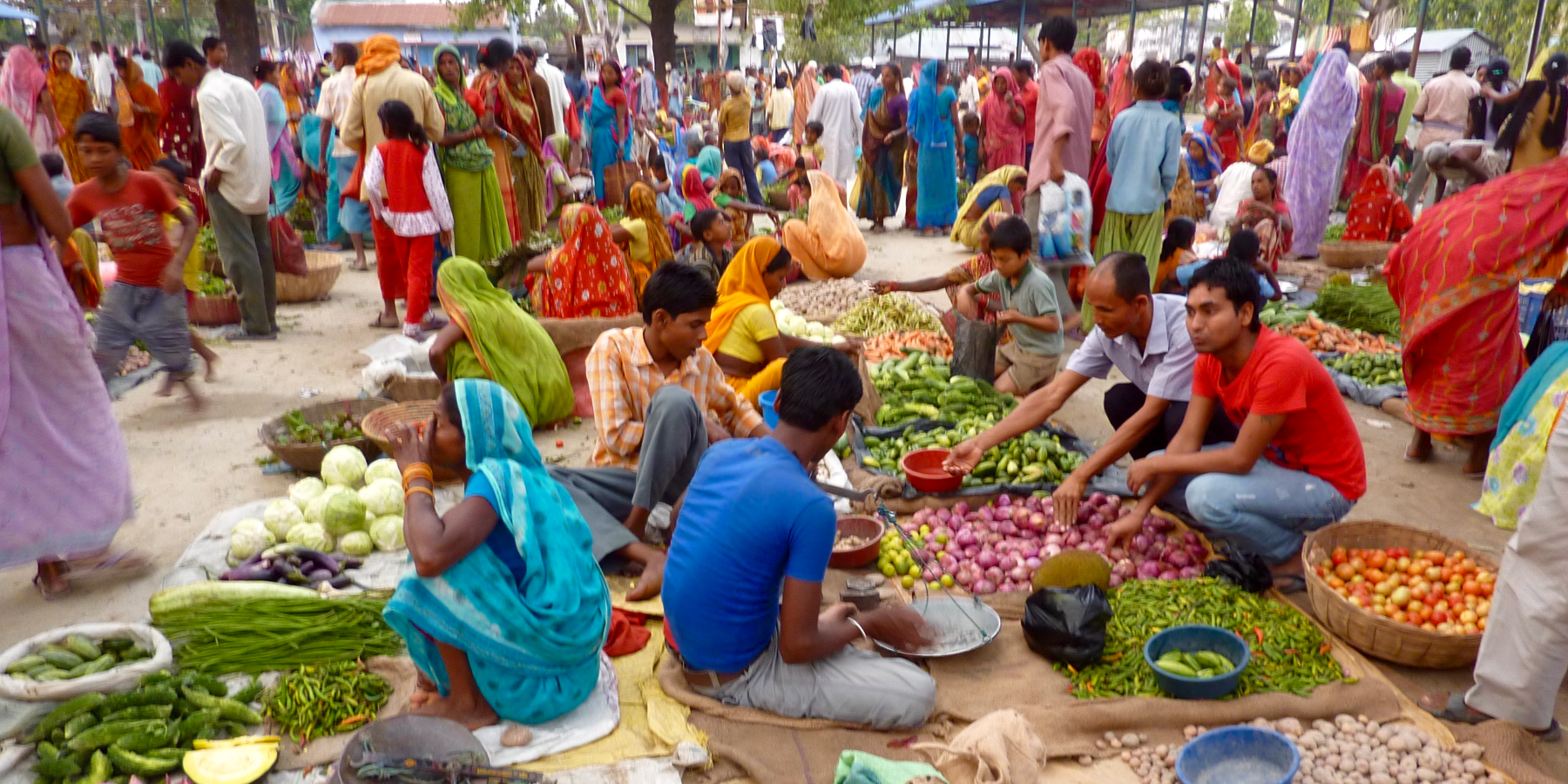It's time to speak up - and sign on - to get health on the urban agenda
30th June 2016

30th June 2016
It will come as no great surprise that city living presents enormous challenges for encouraging healthy behaviours. Foods that are high in sugar, fat and salt and low in nutrients are seemingly available on every street corner. Achieving the necessary physical activity to support good health has become increasingly difficult. Many cities are designed so that using a private motor vehicle is the automatic choice to get from A to B, while in developing countries in particular, walking or cycling pose all too real risks of injury or death. Parks and green spaces once available for free leisure activity by all ages are reduced to development opportunities for the next square of concrete jungle. Outdoor air pollution is visible not only in the putrid smog that engulfs cities, but in the 3.7 million deaths (in the same range as deaths from tobacco use and harmful use of alcohol) that occur annually.
Short-sighted definitions of progress are driving actions which sentence future generations to unhealthy, unprosperous, unsustainable lives. Despite the challenges that urbanisation presents to health, there are distinct opportunities to shape the environments in which we live, work and call “home” for the betterment of health.
Whether we like it or not, urbanisation is the future. Over half of the world’s population now lives in urban areas, a proportion set to increase to 66 per cent by 2050. But in the coming weeks and months we have a window to ensure that governments commit to health-centred urbanisation. Now is our chance to lay the foundations for cities with local markets selling fresh produce in place of confectionary-laden corner shops and another fast food outlet; protected cycling routes which allow commuters to speed past traffic in gridlock; public parks where children can exercise AND breathe fresh air; and infrastructure fuelled by energy which comes from sources with a fraction of the health risks of fossil fuels.
As the health community, we proclaim the need and the value of multisectoral action in every other statement, article and report. If there was ever an opportunity to target so many sectors working directly in the exact environment inhabited by more than half of the world’s population, it is the Habitat III preparatory process.
“Habitat III” is the major global summit, formally known as the United Nations Conference on Housing and Sustainable Urban Development, to be held in Quito, Ecuador, on 17-20 October 2016. The conference and its preparatory process offer a window for the international community to understand the problems and opportunities posed by urbanisation including poverty, quality of life, and climate change. The outcome document; the New Urban Agenda will set out commitments, principles and strategies to support nations and cities in their urban development planning. The New Urban Agenda will impact significantly on the development and funding priorities across the United Nations and multilateral system and has the potential to change the way nations and cities engage with civil society and communities.
To date, official discussions and documents have had an unsatisfactory focus on health, but traction is growing, and the newly released Revised Zero Draft of the New Urban Agenda bears testament to advocacy by member states and civil society to date. As both an outcome and a prerequisite for sustainable human and economic development, it is crucial that health is a consideration in both the development of urban policies and plans, and in monitoring their impact. The health sector has much to offer in terms of well-tested tools that can assist nation states and cities to objectively evaluate the potential health-related impacts of an intervention. In order for health to be addressed across sectors in the implementation of the NUA, it will be crucial for health to be embedded throughout the document.
Strategic decisions made in sectors including transport, energy, agriculture, labour, and waste management have impacts on health and can accrue health benefits and savings, and in turn sustainable social and economic gain.
By participating in the Habitat III process, the health and NCD community can shape the supportive conditions necessary in cities to reduce risks to NCDs. Because the Habitat conferences only occur once every 20 years it is imperative that we as health representatives actively engage. Unlike too many political processes, Habitat III preparations are diverse and participatory, and there are concrete channels through which health messaging can be amplified :
By engaging actively in the urban agenda NOW, the NCD and wider health community has a unique opportunity to shape not only policy but the physical environment, in the way our cities are built - and our health as their inhabitants - for decades to come.
Kristie Daniel (@kris2design) is Program Director of the Livable Cities program for the HealthBridge Foundation of Canada (@HealthBridgeCan). Kristie provides technical support and advice to partners in low and middle income countries to help them advocate for access for the most vulnerable to healthy transportation, healthy foods, and parks and public open spaces. Kristie has been leading HealthBridge's involvement in Habitat III including participation in Regional and Thematic meetings. Kristie has a Masters Degree in Public Health, and her headquarters is in Ottawa but she travels extensively to Asia and Africa to meet with HealthBridge's local partners.
Jess Beagley (@JessicaBeagley) is Policy Research Officer at NCD Alliance. Jess first became interested in the links between environment and health while working specifically in the field of diabetes. Since working in NCDs more broadly, she has become increasingly aware of the mutual dependence of progress in each of these areas in order to achieve sustainable development and the urgency for dialogue to raise awareness and effect collaborative change.